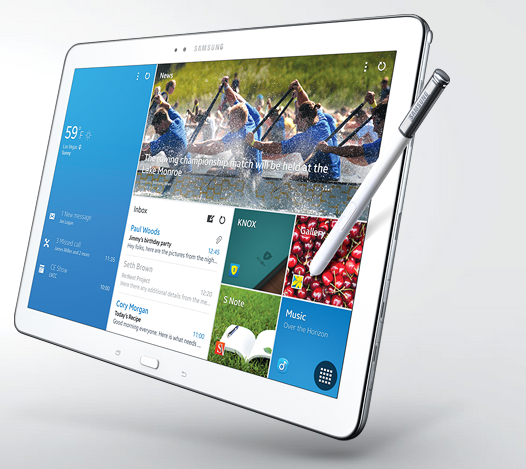Google has announced that it is testing a prototype for a contact lens that would help people with diabetes manage their disease.
A recent report from Credit Suisse Research Institute which estimates that “close to 400 million people worldwide are affected by type II diabetes alone – a number that is quickly rising” and the “associated costs for the global healthcare system are estimated at a staggering $376 billion every year, representing over 10 percent of all healthcare costs.” By 2020 this could be a disease that impacts 500 million people and the costs “could rise to a whopping $700 billion,” the study said.Google’s “smart contact lens project,” which allows the lenses to measure blood sugar levels, for a very brief instant is just exciting. It seemed like that finally we are getting to a place where needles, blood-soaked alcohol swabs and cotton balls are going to be history.
Google announced Thursday that it's been working on this secret project at its Google[x] research lab. Not only has it developed prototypes of these smart contact lenses, but it's also done multiple clinical research studies, met with the US Food and Drug Administration, and is looking for potential partners to bring the product to market.
Diabetes is said to be one of the fastest growing diseases in the world. According to Google, it affects one in 19 people around the globe. In order to keep blood sugar levels in check, diabetics must give themselves finger prick blood tests throughout the day.
The contact lenses were developed during the past 18 months in the clandestine Google X lab that also came up with a driverless car, Google's Web-surfing eyeglasses and Project Loon, a network of large balloons designed to beam the Internet to unwired places.
The contact lenses will monitor glucose with a tiny sensor once per second, and then transmit the data through a wireless transmitter.“Smart” blood sugar monitoring has been in the works for many years, but no one has revealed a reliable fix for the problem. Some academic institutions have also been working on glucose-monitoring contacts.
“We hope a tiny, super sensitive glucose sensor embedded in a contact lens could be the first step in showing how to measure glucose through tears, which in the past has only been theoretically possible.”The chip and sensor would be embedded between two layers of soft contact lens material, while a pinhole in the lens would allow fluid from the surface of the eye to seep into the sensor.
While excited about their prototype, Google warned that there is still a lot more work that needs to be done before it could be turned into a useable product.We’ll certainly be watching to see what happens – and what other technology might soon be packed into the tiny technology of a contact lens.




